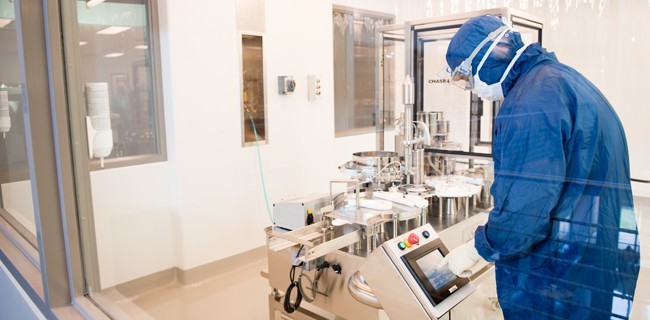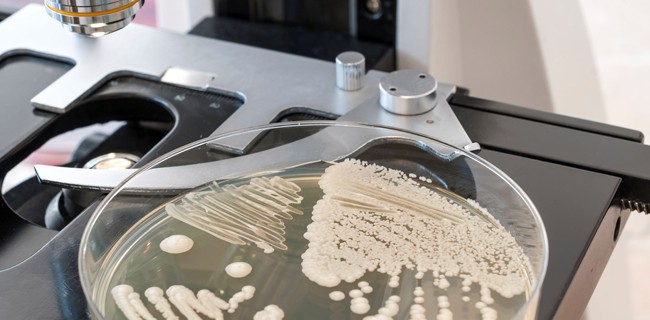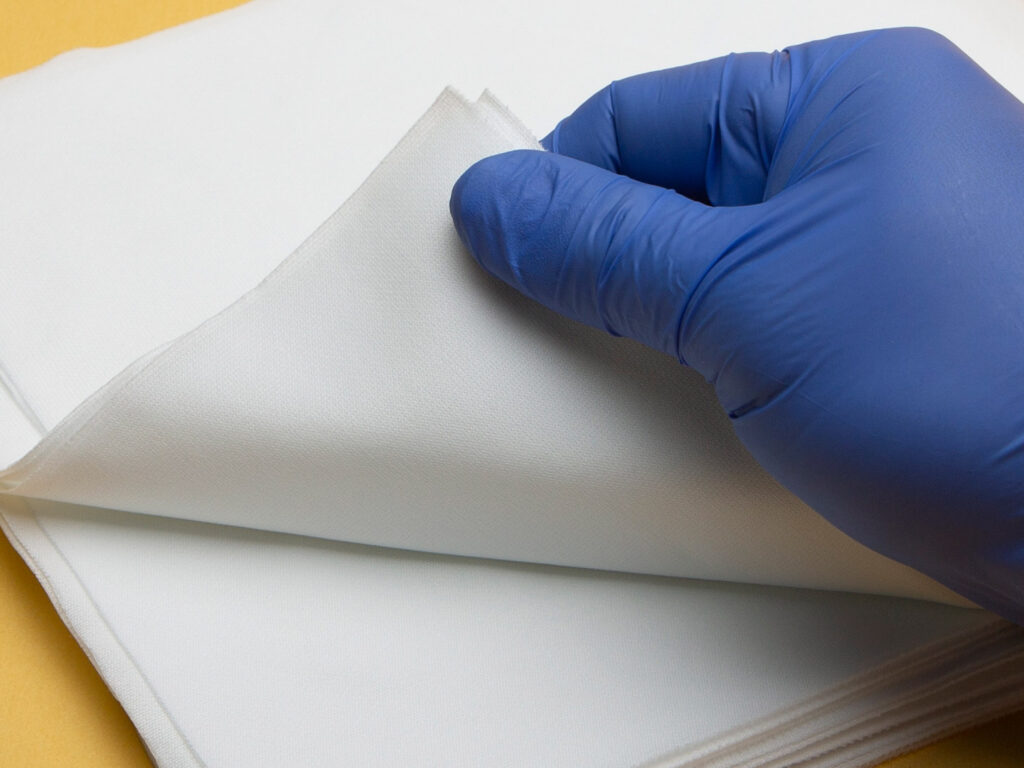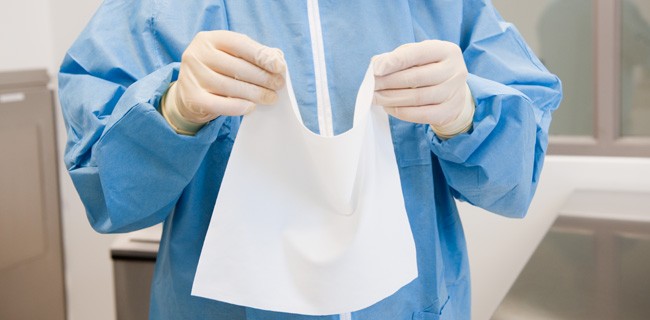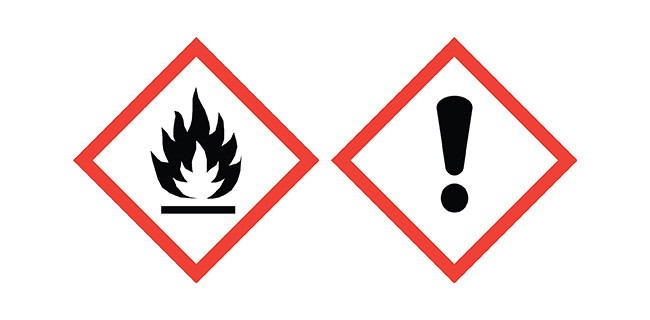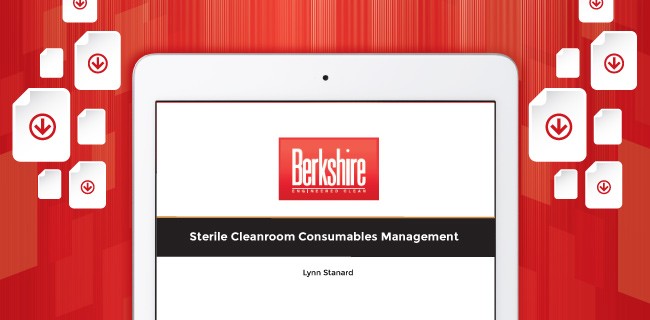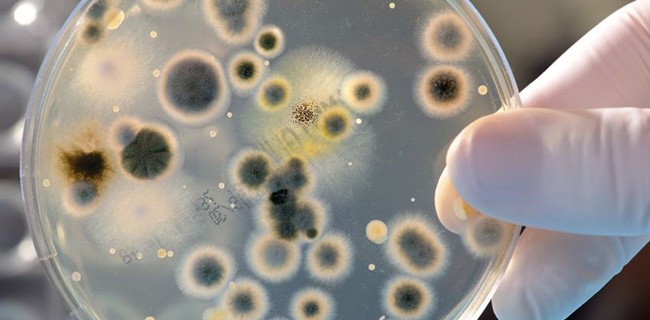Before we address wiping techniques, we might well question the need for wiping. After all, if capillary forces hold particles to surfaces strongly enough that the particles can’t easily get airborne, why the great concern to remove the particles by wiping? The simple answer is embodied in two words: Contact Transfer. That’s the means by which [Read More…]
Tag Archives: USP 797
In Particles on Surfaces – Part 2, we learned that thin liquid layers between particles and surfaces serve as the binding forces between the two. By lowering the surface tension of this liquid layer – typically water – we can decrease the binding force and assist in the removal of particles. Isopropyl alcohol (IPA) – as [Read More…]
In Particles on Surfaces – Part 1, witness wafer and settling plate data showed that particles and bacteria (i.e. viable particles) will settle on cleanroom surfaces. From this we can infer that particles do NOT behave as hard microscopic billiard balls, striking surfaces and rebounding into the air. Rather, through inelastic collisions with the surface, they [Read More…]
A recent search on Google for the term lint-free wipe returned over 18 million results. A further refinement to “lint-free wipes” returned over 330,000 results. And another search for “lint free wiper” produced over 1.5 million results. A simple change in characters or adding a letter churned out different results. The one thing they have [Read More…]
DOWNLOAD POSTER: An updated guide to properly folding and utilizing a low-linting wiper for maximum cleaning efficiency in a cleanroom, controlled or critical environment.
ISOPROPYL ALCOHOL (IPA) is widely accepted as a good liquid for keeping cleanroom surfaces in pristine condition. But what about methyl, ethyl, or butyl alcohol? Why aren’t these types of alcohols considered for cleanroom cleaning, too? It all comes down to performance, safety, and price. Methyl Alcohol And Evaporation At room temperature, methyl alcohol has three [Read More…]
IF YOU ARE MANUFACTURING in an aseptic environment, it’s important for your cleanroom supplies to be sterilized with a validated process. This whitepaper, written by Lynn Stanard, Berkshire’s Senior Quality Manager, will help you understand the sterilization methods used by consumables suppliers and what to look for when procuring supplies Sterile Cleanroom Management This whitepaper provides [Read More…]
HOUSEHOLD BLEACH is well known for its ability to remove stains and whiten clothes during laundering. Bleach also finds application in health care facilities with cleanrooms. Such applications include aseptic pharmaceutical suites, biomedical device manufacturing and compounding pharmaceutical facilities that require the biocidal and sterilant capabilities of bleach. Bleach solutions, which are active against bacteria, viruses, [Read More…]
THOUGH PHENOLIC SOLUTIONS are often referred to as “cleaning solutions,” they actually deviate somewhat from the typical cleaning solution. Generally, cleaning solutions are characterized by their ability to remove soils (contaminants) from surfaces. Phenolic solutions don’t really do this. Cleaning solutions remove soils from surfaces by lowering the surface tension of the thin water layer that [Read More…]
TO BE USED in a sterile environment, production consumables, like wipers, must conform to high standards and be documented as validated sterile. Meeting Manufacturing & Documentation Standards This Technical Brief presents an overview of: The concept of sterility. Good Manufacturing Practices (cGMPs). Validated procedures for sterile manufacturing. ANSI / AAMI / ISO standards for sterility. Sterility [Read More…]


















